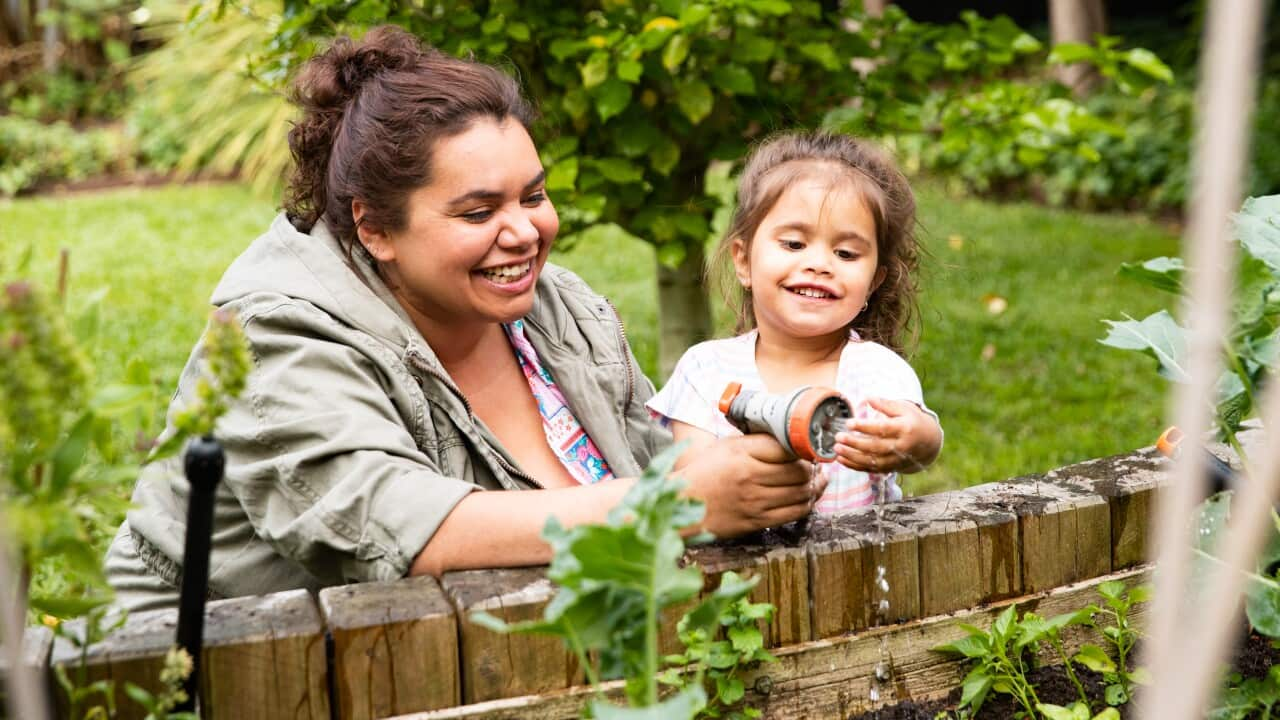Key Points
- Your resume lists your work history, education and skills, and highlights your achievements.
- Always customise your resume and application to the role.
- Find ways to demonstrate your skills and experience in your application and job interview.
Applying for a job takes time and energy, especially when you’re starting your career in Australia.
Most employers require written evidence of your job history and skills – and that’s before you’re even invited for an interview.
How to read the job ad
When looking at job ads, it’s important to check whether your chosen industry has any special requirements.
Mandy Ratcliffe, Service Delivery Manager at , says “They may need a police check... They might need a Working with Children Check, depending on the job they're actually applying for.”
The next critical step is making sure you read the job ad thoroughly. What does it say about the role? Do you have the attributes that the employer needs?
First scan the ad to ensure that the job is the right level for you. Then look for the keywords, advises Natalie Peart from Jobspeak Academy. She trains international professionals to build careers in Australia.
“So, when we talk about keywords, we mean the characteristics that the job wants, the skills, the qualifications and the experience that the job wants,” she says.
“Then start to think of ways to demonstrate that you do have those skills. It's not enough just to say that you have the skills. You have to prove it through examples of when you use them.”
You are expected to provide these examples in your resume and cover letter.

The quickest way an employer can learn about you is by reading your curriculum vitae (cv) or resume. Source: Moment RF / Narisara Nami/Getty Images
Your resume
The quickest way an employer can learn about you is by reading your curriculum vitae (CV) or resume.
This is a two or three-page document listing your work history, education, skills and achievements. It’s your opportunity to highlight your strengths.
There are no strict rules when creating a resume, and you might create several versions.
The best resumes that come across my desk are customised for the role.Ravi Moerman, People and Culture professional
Try using the same language that appears within the job ad. This could be keywords, phrases and references.
There’s no need to include a profile photo, date of birth or ethnicity.
“They're irrelevant to the recruitment process and can actually set you up for discrimination,” according to People and Culture professional Ravi Moerman.
to ask about age, religion, physical ability or gender in most recruitment processes.
Many resources and templates are available online, and migrant support services such as AMES Australia and Migrant Resource Centres can help you build your resume.
Writing a cover letter
Employers also typically request a one-page letter – or cover letter. Here’s your opportunity to explain what motivated you to apply and why you’re a good fit for the position.
Recruiters see many cover letters, so you must capture their interest.

Employers also typically request a one-page letter – or cover letter. Here’s your opportunity to explain what motivated you to apply and why you’re a good fit for the position. Credit: Willie B. Thomas/Getty Images
What are the selection criteria?
The employer might also ask you to respond to a list of questions or selection criteria. Can you describe your attributes and provide examples of your skills?
If asked to respond to selection criteria, your cover letter can be brief to avoid repetition. But to be considered a serious contender for any position, you must complete all the requested documentation.
… and finally
Proofread everything and have someone read through your application, no matter how strong your English is.
Ensure that your personal details are correct and you meet the application deadline.

You may practice answering questions with a friend to best prepare for a job interview. Credit: fotostorm/Getty Images
Preparing for an interview
Despite everyone’s best efforts, only the most suitable applicants will be invited for an interview with the employer. Preparation is key.
“You need to read the job advert again, because that has all of the information that the recruiter wants,” Natalie Peart says.
“You need to know stories about your experience so that you can tell them when you've used a skill, and you need to research the organisation and understand their values and how you fit into their values.”
Practice answering questions with a friend. Although every interview is different, you can find examples of common questions online.
Mandy Ratcliffe’s top interview tip is to ‘dress for success’.
“It's very important that you look sharp when you go to the interview, and you portray yourself as confidently as you possibly can.”
Australian recruiters value authentic communication.
“Research says that one of the biggest deciding factors of hiring a candidate is cultural fit,” Ms Peart says.
They want to know that you will be a good person to fit in with their team, and to do that they need to see who you really are.Natalie Peart, Jobspeak Academy

A good employer will follow up an interview with a phone call to offer you constructive feedback. Source: iStockphoto / nortonrsx/Getty Images/iStockphoto
The waiting game
While it doesn’t always happen, employers should acknowledge receipt of your application via email and update you throughout the process.
If you’re unsuccessful, you should be notified by email. A good employer will follow up on an interview with a phone call to offer you constructive feedback on the job.















